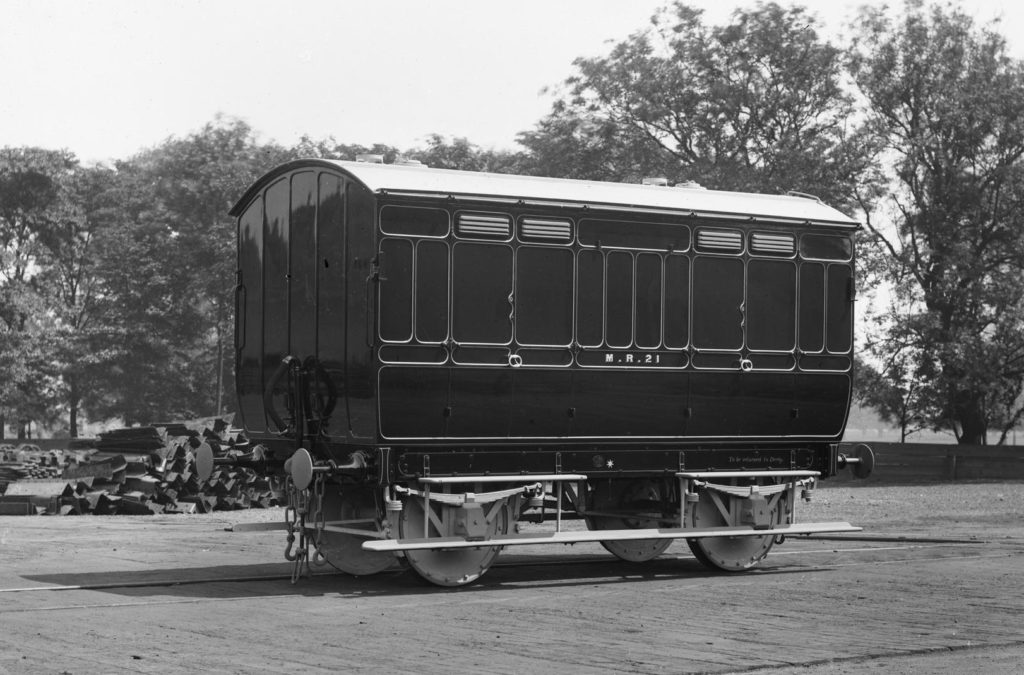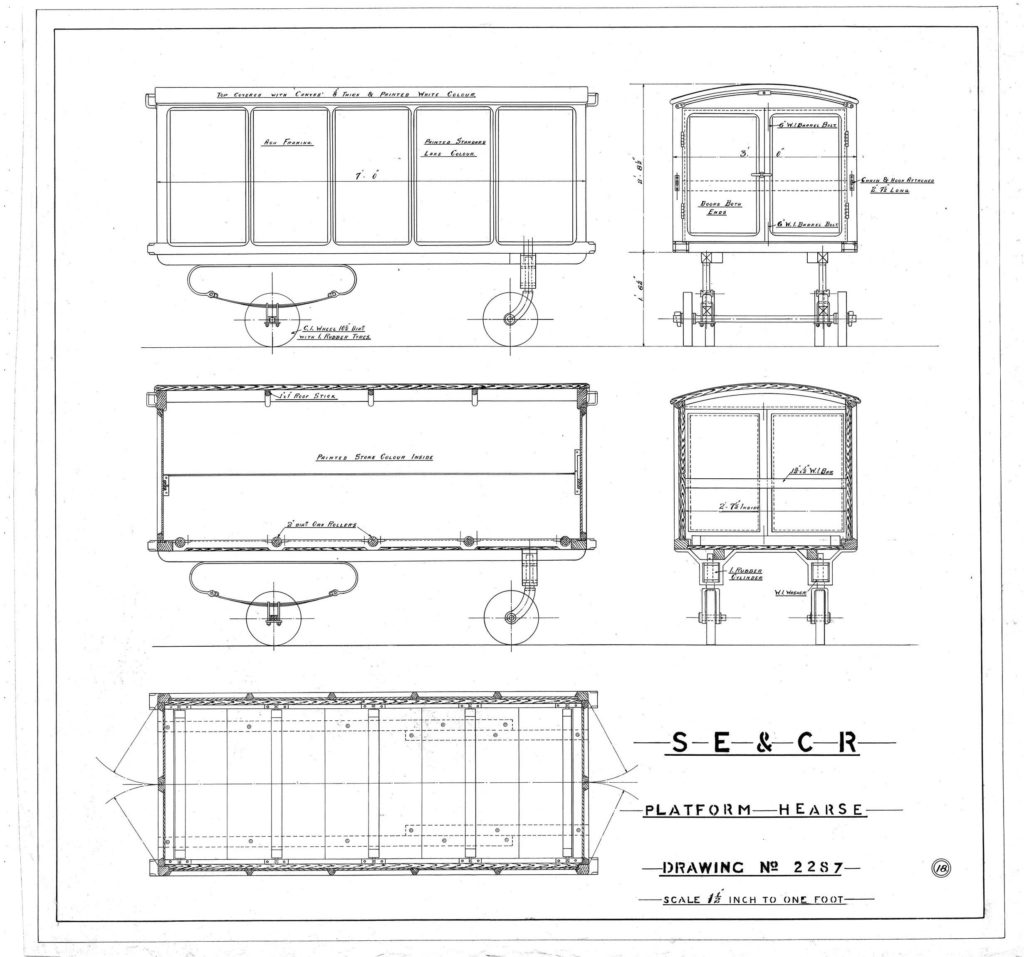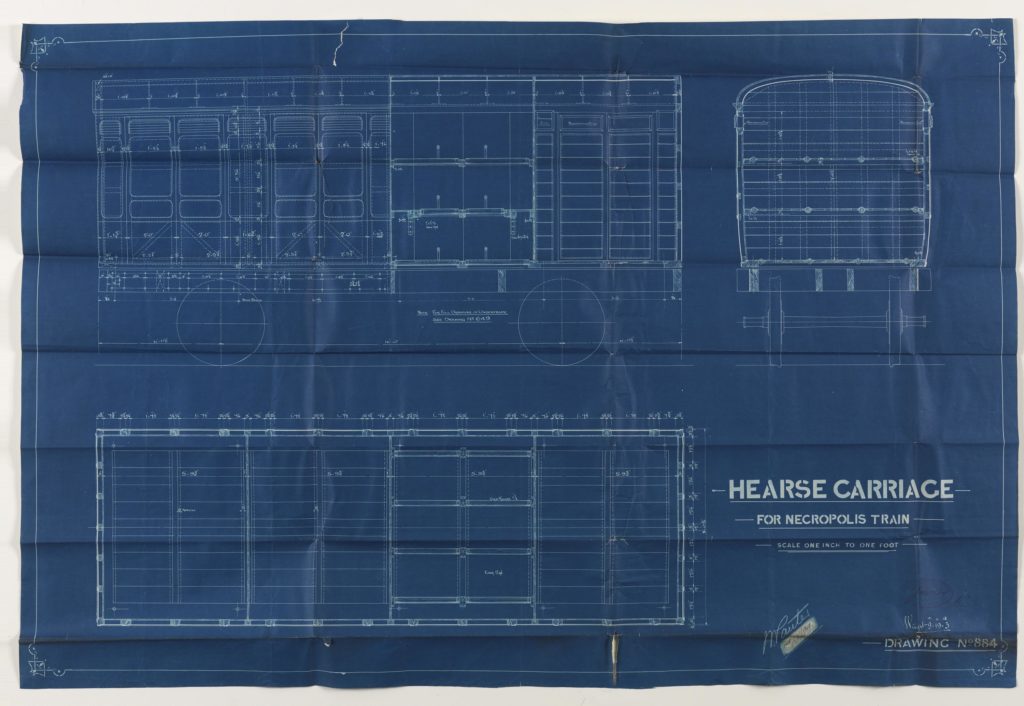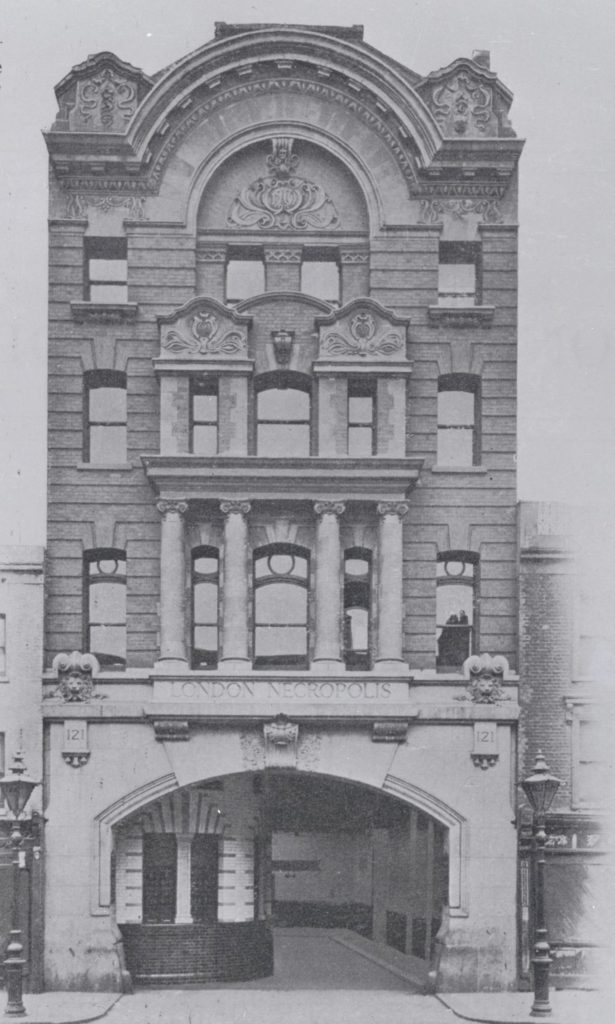The railway revolution of the mid-19th century was a hectic time for Victorian society. In the space of a couple of decades, opportunities for long-distance travel became a reality for millions more people. From economic migrants to travelling salesmen and eager tourists, never had travelling been such a part of normal life. And here lay one of the stranger consequences of the railway revolution, with so many people away from their homes, travel also became a normal part of death.
In an age when medical treatments ranged from mercury to bloodletting, death was an ever-present part of Victorian society. The growing middle classes were wealthier than ever before, but regardless of wealth, rich or poor, young or old, an untimely death was a fact of life. Victorian culture had a morbid obsession with mourning. There were strict expectations, especially on women, to progress through levels of mourning (exhibited through their clothing) dictated by their relationship with the deceased and the length of time since their death. The rituals around death also ensured there was great pressure for anyone unfortunate enough to die away from home to be returned and buried with their family.

So how did the railways transport the bodies of the departed? In most cases, coffins were carried in the luggage and guards’ compartments of regular passenger trains, much like regular luggage. Although, just like all the other goods the railways carried, there was usually a special fee to be paid. Some railway companies like the Midland Railway and the Great Eastern saw enough demand for this service that they built special corpse or hearse vans that could be attached to trains. Wealthy passengers could hire their own carriages or even entire trains to take the deceased and their mourners home. Meanwhile, at larger stations special platform hearses were provided to carry coffins from the train to waiting horse-drawn hearses.

However, no railway was more experienced at carrying the deceased than the unique Necropolis Railway. It consisted of two stations attached to the London and South Western Railway that were built to deal with a very specific problem, London’s overcrowded cemeteries. The capital city’s rapid expansion in the industrial revolution had left it with a chronic shortage of cemetery plots to bury the deceased. The proposed solution was an enormous cemetery outside the city at Broockwood near Woking, Surrey, and the Necropolis Railway was created to carry the deceased around 25 miles to their burial place.

In addition to its two stations at Waterloo and Brookwood, the Necropolis Railway had special hearse vans built by the LSWR. Passengers (both the mourners and the deceased) had the choice of first, second or third class, with varying levels of service. Third class coffins were often occupied by those too poor to afford their own fare, the cost of their ticket paid by their parish. Meanwhile first class ticket holders had their own dedicated carriages and their mourners benefited from private waiting rooms. The Necropolis Railway operated for 87 years, closing only in 1941 when its Waterloo station was damaged in a German air raid.

This blog post is part of a series looking at some of the more unusual subjects of our engineering drawing collections in celebration of the publication of the book Railways: A History in Drawings by Christopher Valkoinen. You can also pickup a signed copy of the book at a book signing on 15 October 2021 at the National Railway Museum between 11am and 3pm.

You can find out more about the carriage of coffins on the railways in our library collection.
